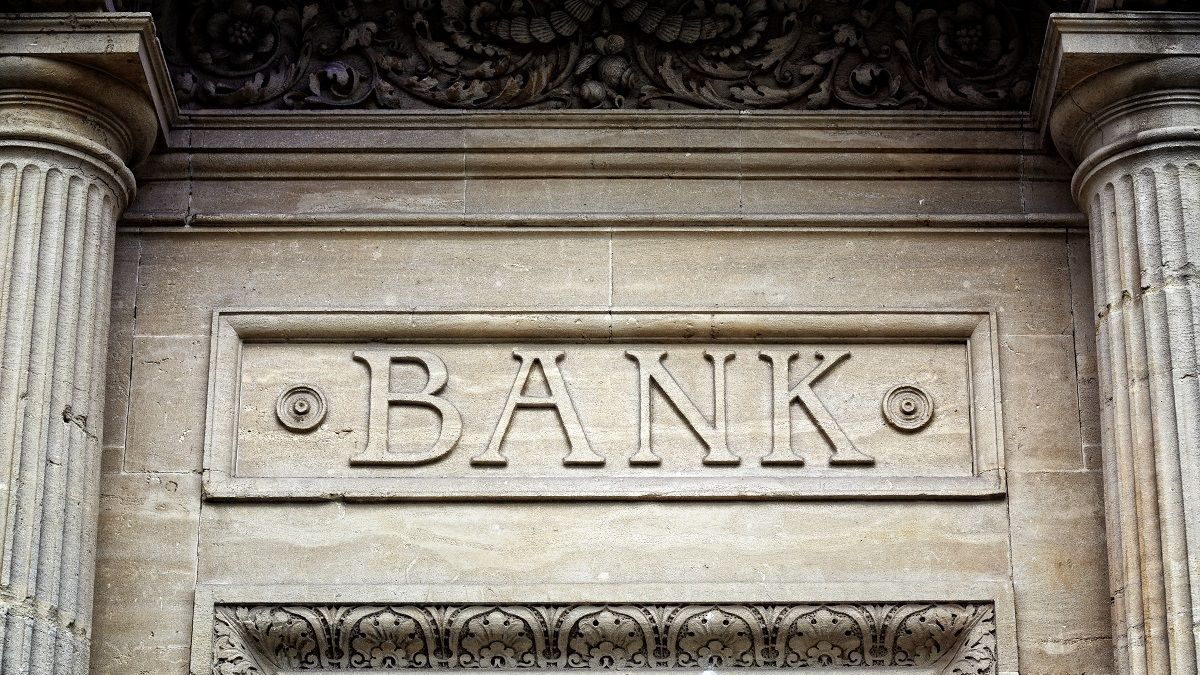In 2020 the global economy saw monetary policy easing of $7.5trn and fiscal support of $12trn in response to the coronavirus pandemic. This should bode well for an economic recovery in 2021, so long as vaccine roll-out programmes progress and covid-related restrictions are lifted, writes James Macdonald, portfolio manager, BlueBay Asset Management.
However, financial repression has left fixed income investors hungry for yield. Collapsing yields have pushed close to 25% of global fixed income assets into negative yield, forcing investors to seek out alternative and higher risk sources of return.
We believe bank subordinated debt, specifically ‘coco bonds’ in the form of AT1 capital, are in a sweet spot poised to see a growing swathe of investor appetite. Bank AT1s are one of the very few asset classes where investors can achieve positive real yields above 3%, where most of the issuers are investment-grade rated and where a decade of regulatory change has created a fundamentally safer sector.
Why is now a good time to be invested in banks?
Unlike 2008, banks are a key part of the solution to this crisis rather than the cause of the problem.
The vast majority of credit in the European economy is supplied through the banking system, making banks integral to any economic recovery. Policymakers need the liquidity taps to keep running and, as such, banks have and will continue to benefit from huge amounts of policy support to ensure the free flow of credit into the economy continues.
Furthermore, while many corporate sectors have used the macro environment of low interest rates and abundant liquidity to make acquisitions and increase leverage, banks have spent the best part of a decade shoring up balance sheets and deleveraging, putting them in a strong position coming into this crisis.
Despite this trend, AT1 securities offer a very attractive pick up to high yield comparisons (the AT1 pick-up in EUR is 126bps over BBs, while in USD the pick-up is 57bps). Not only is the yield more attractive but given the divergent fundamental starting points and the outlook ahead, risk-adjusted, this return look even more appealing.
But can banks sustain a prolonged downturn?
Banks will of course be impacted by a cyclical downturn, it would be disingenuous to suggest otherwise. However, their starting capital point and resilience coming into this crisis should not be underestimated.
The European Central Bank (ECB) undertook stress tests during 2020 and under their projected economic outlook they anticipated banks would suffer from 200bps of credit losses.
Taking account of pre provision earnings we estimated that this would not lead to any negative capital impact for the sector. Applying their severe downturn scenario was estimated to lead to 400bps of credit losses – equivalent to the worst level on record. While we projected this would lead to a 2.5% deterioration in bank capital ratios, it would still leave them at a very healthy 12%.
In fact, for banks to breach the maximum distributable amount (MDA point) where coupons could come into question, there would need to be 633bps of credit losses – equivalent to a cost of risk 50% higher than the worst-ever recorded cost of risk experience over a three year period.
While this was, of course, a theoretical exercise, what we actually observed over 2020 was even more comforting. Not only did the economic outlook continue to improve but capital levels increased and at the same time banks provisioned amounts in line with an economic scenario somewhere between the ECB base and adverse cases.
In fact, 40% of the provisions taken in 2020 for loans that continued to perform and this prudence means that banks have built up a large cushion of provisions for the future.
As such, while we anticipate defaults and consequently non-performing loans (NPLs) will pick-up over 2021, we believe we have likely passed the moment of peak credit costs in H1 2020. This gives us a lot of confidence for the year ahead, particularly given these peak provisions were easily digested by the sector.
The cat is out the bag
On the face of it, AT1s are complex instruments with inherent risks of coupon cancellation and conversion, which is why they have historically offered such high yields. However, we believe there are fundamental flaws in the regulatory construction of AT1 instruments leading to these risks being structurally mis-priced, which the crisis highlighted.
The option to cancel coupons creates too much financial stability risk to ever be used, with little economic benefit, and the conversion triggers are set so low that a bank would be considered non viable long before the triggers are reached.
Consider the actions in this pandemic.
Regulators went to extraordinary odds to publicly separate the treatment of AT1 securities and equity (the later which suffered from dividend restrictions) to remove financial stability risk. Further, they have since alluded to the need to consider the rebalancing of cyclical and structural capital requirements that point towards positive benefits for the AT1 asset class.
Despite these observations, AT1s still offer significant spread premium in the bank capital structure. Given what we have experienced in this crisis, this seems like a glaring mispricing that investors should be racing to exploit.
Looking ahead
The macroeconomic and policy environment remains extremely conducive to tighter credit spreads. We expect quantitative easing to anchor spreads, pushing investors further down the credit spectrum. With this backdrop, AT1s should prove to be attractive both from a yield perspective and with regards to the banking sectors fundamental outlook.
Last year underlined that the market priced in too much risk of coupon deferral for AT1 securities versus the rest of the bank capital stack. Over 2021, we expect compression in the asset class to reflect this view. Could we move lower in AT1 valuations from here?
Absolutely, but when you survey the risk spectrum, its hard to find other assets quite so compelling.
This article was written for Expert Investor by James Macdonald, Portfolio Manager, BlueBay Asset Management.








